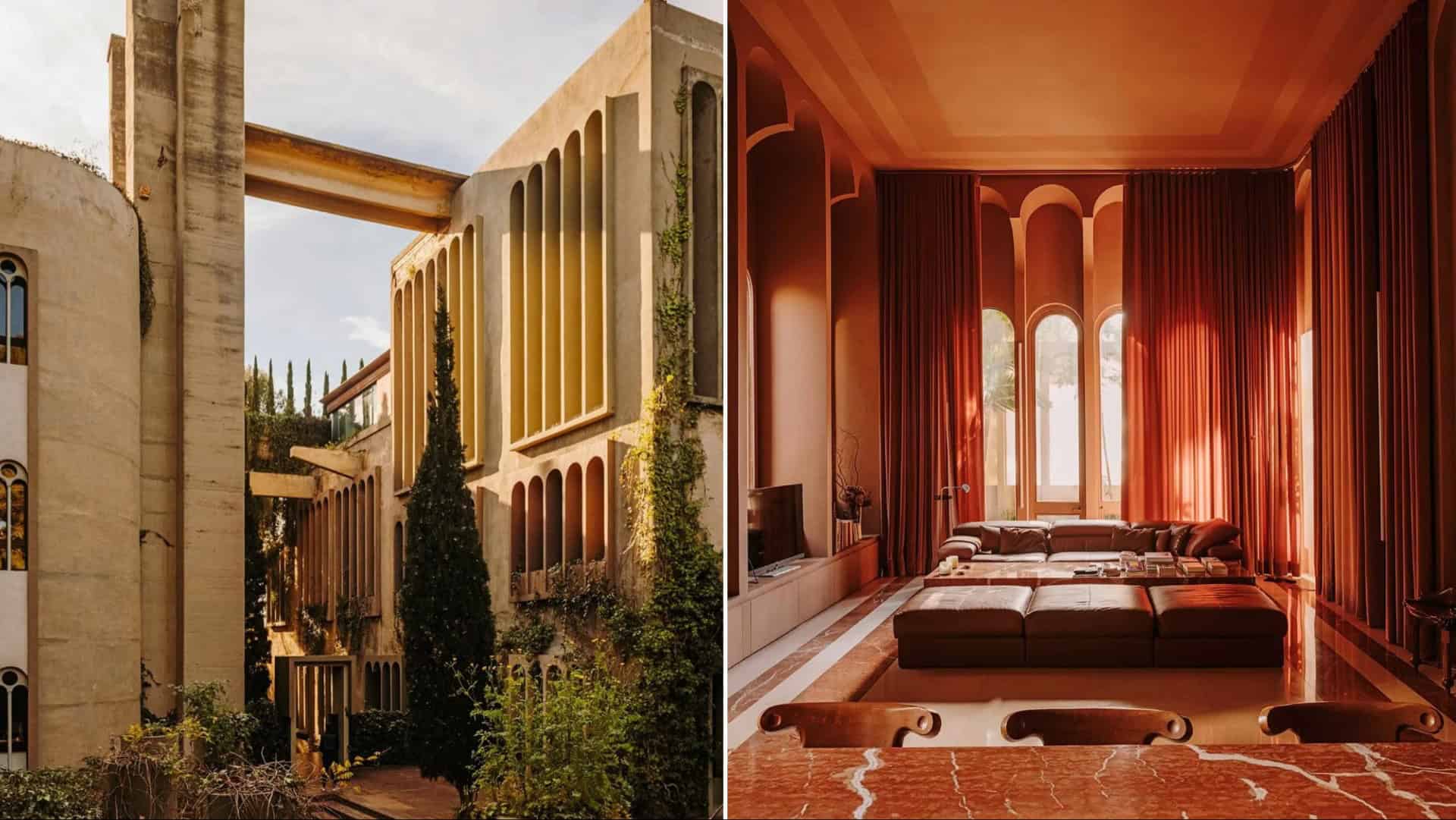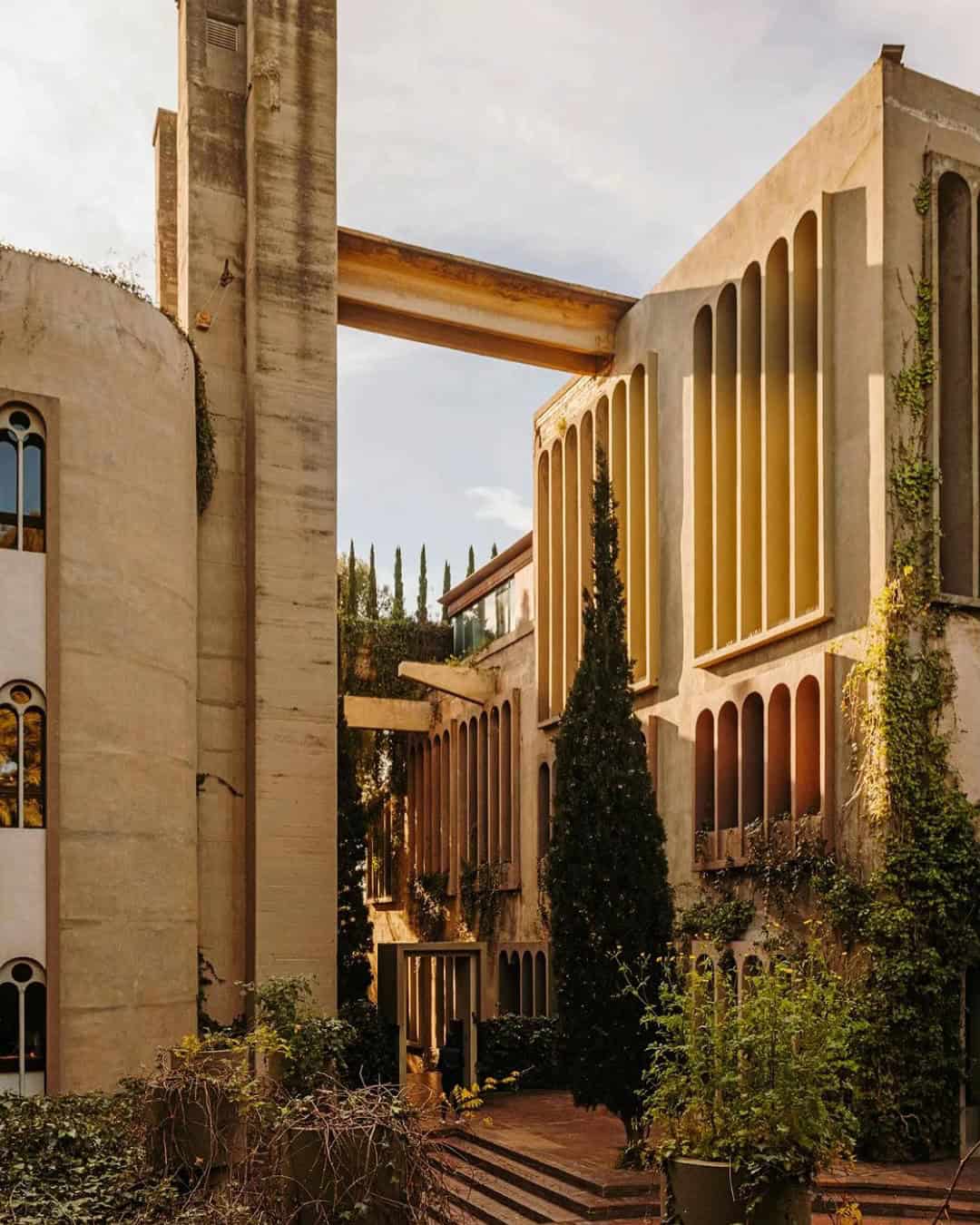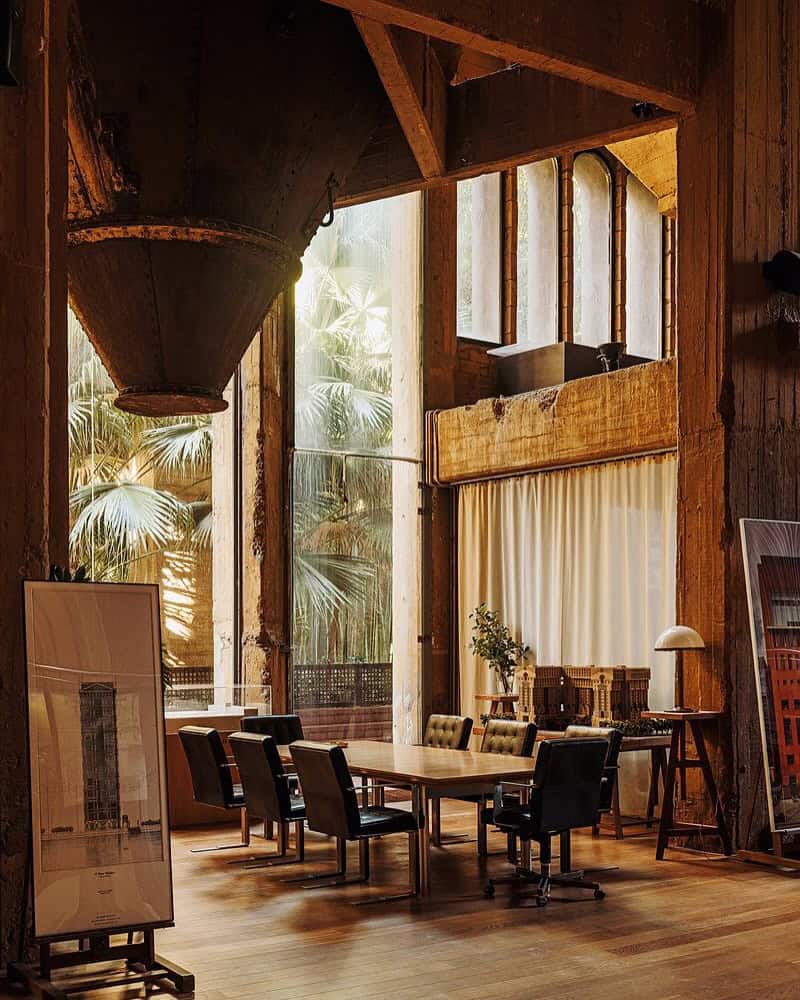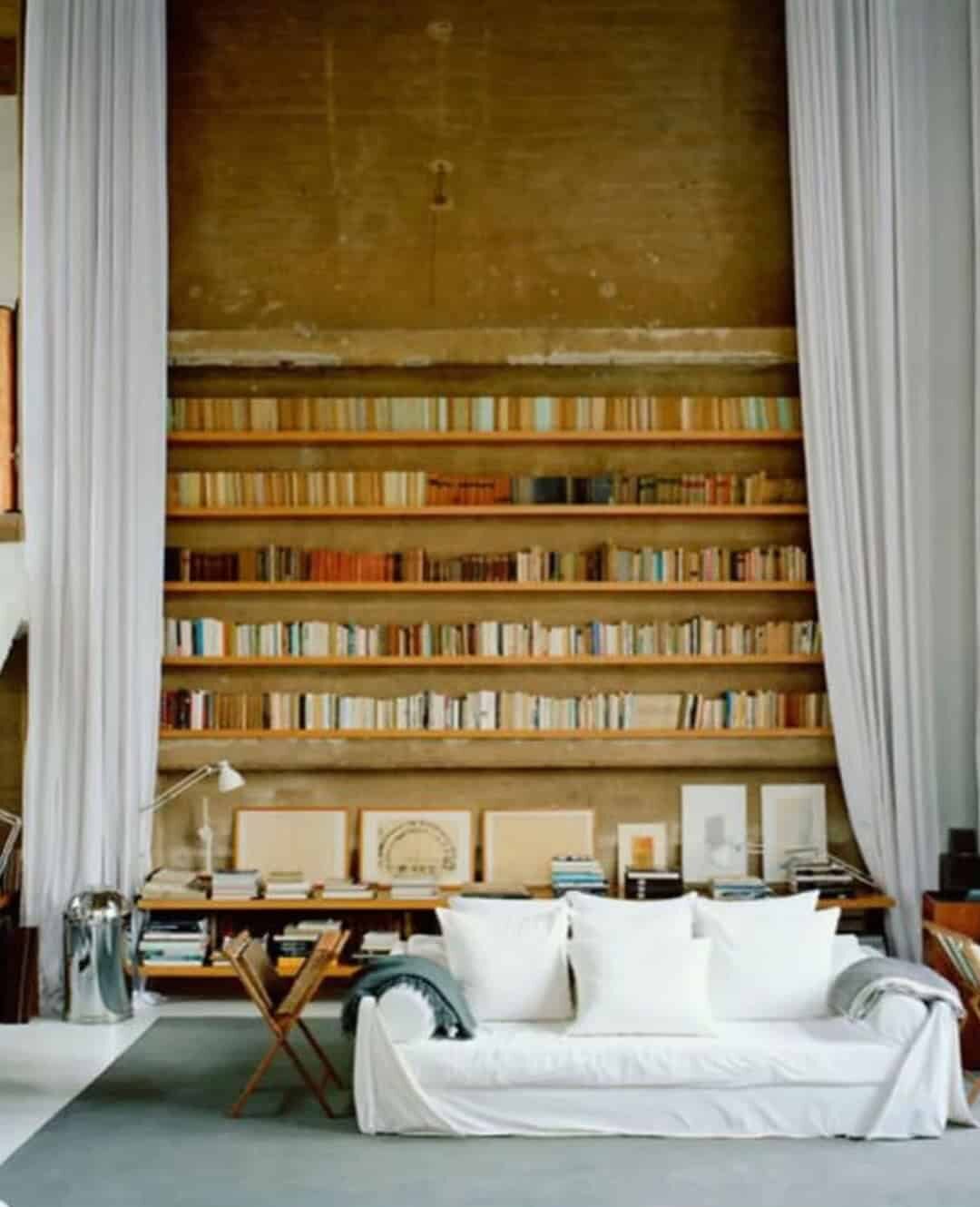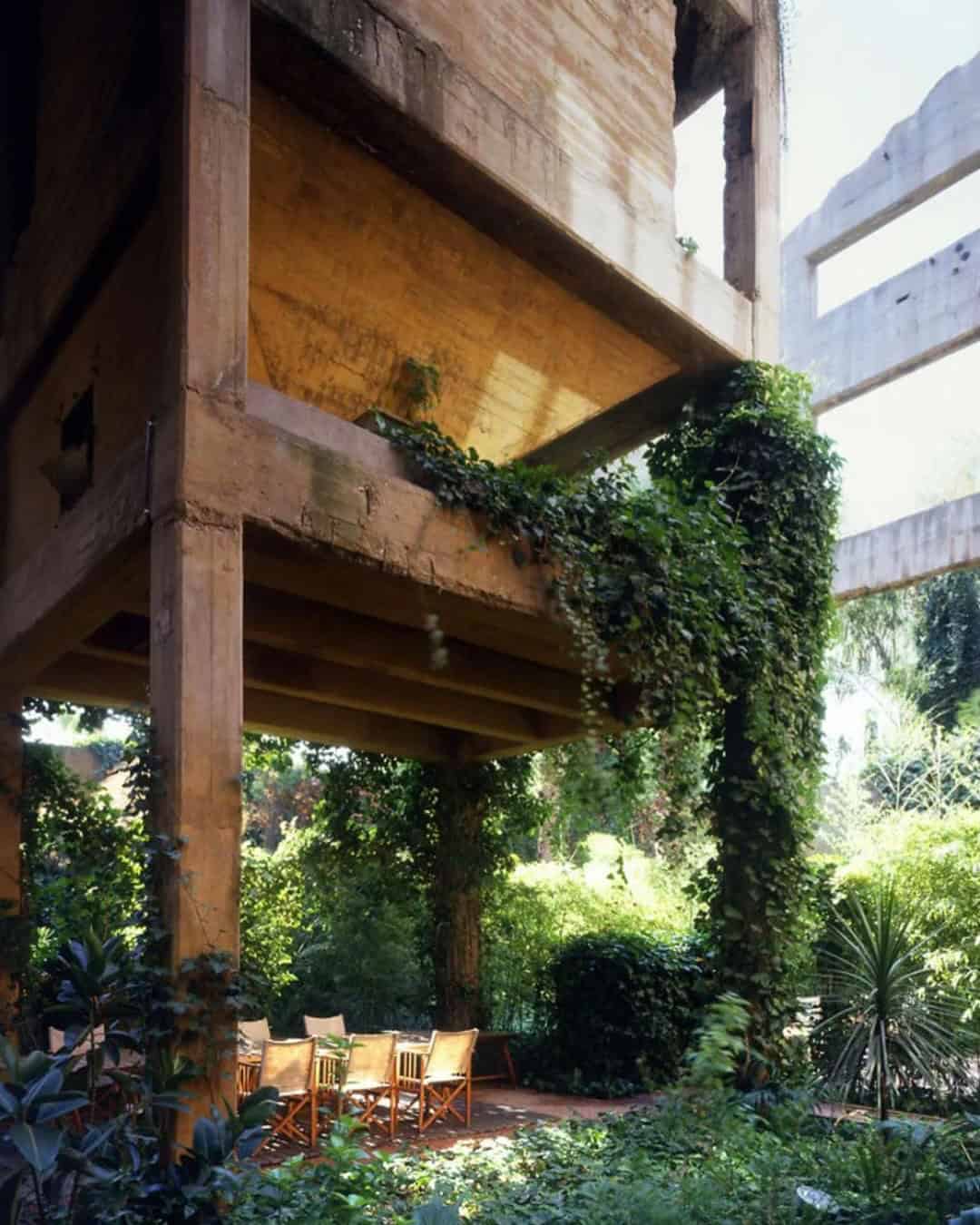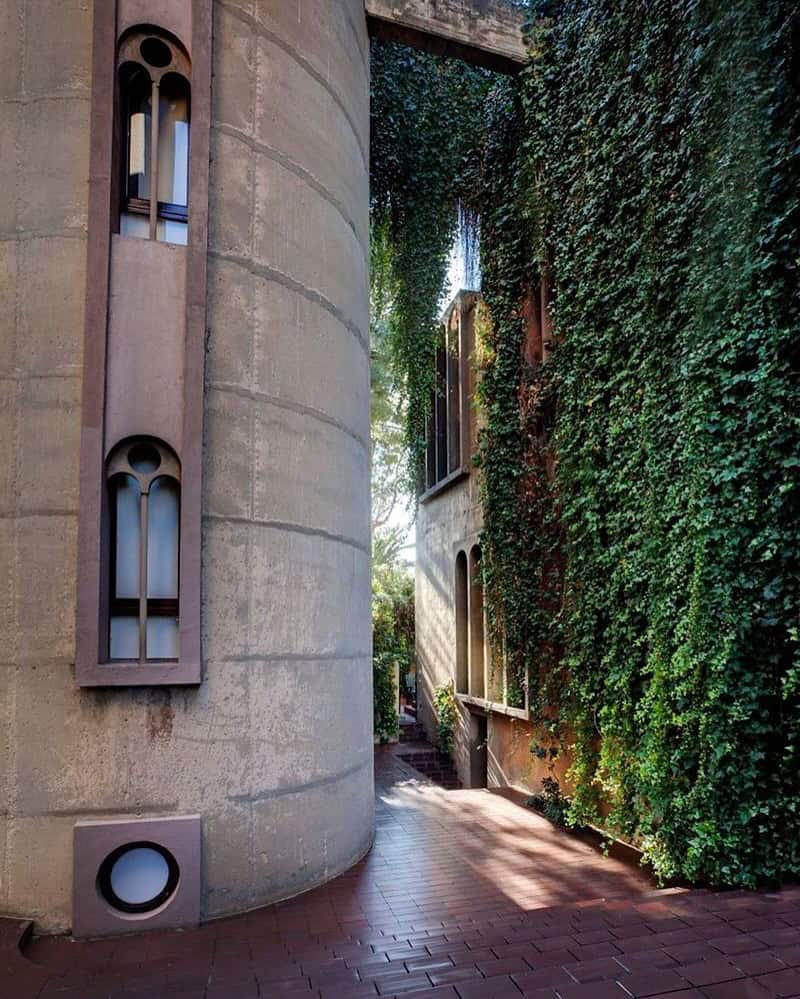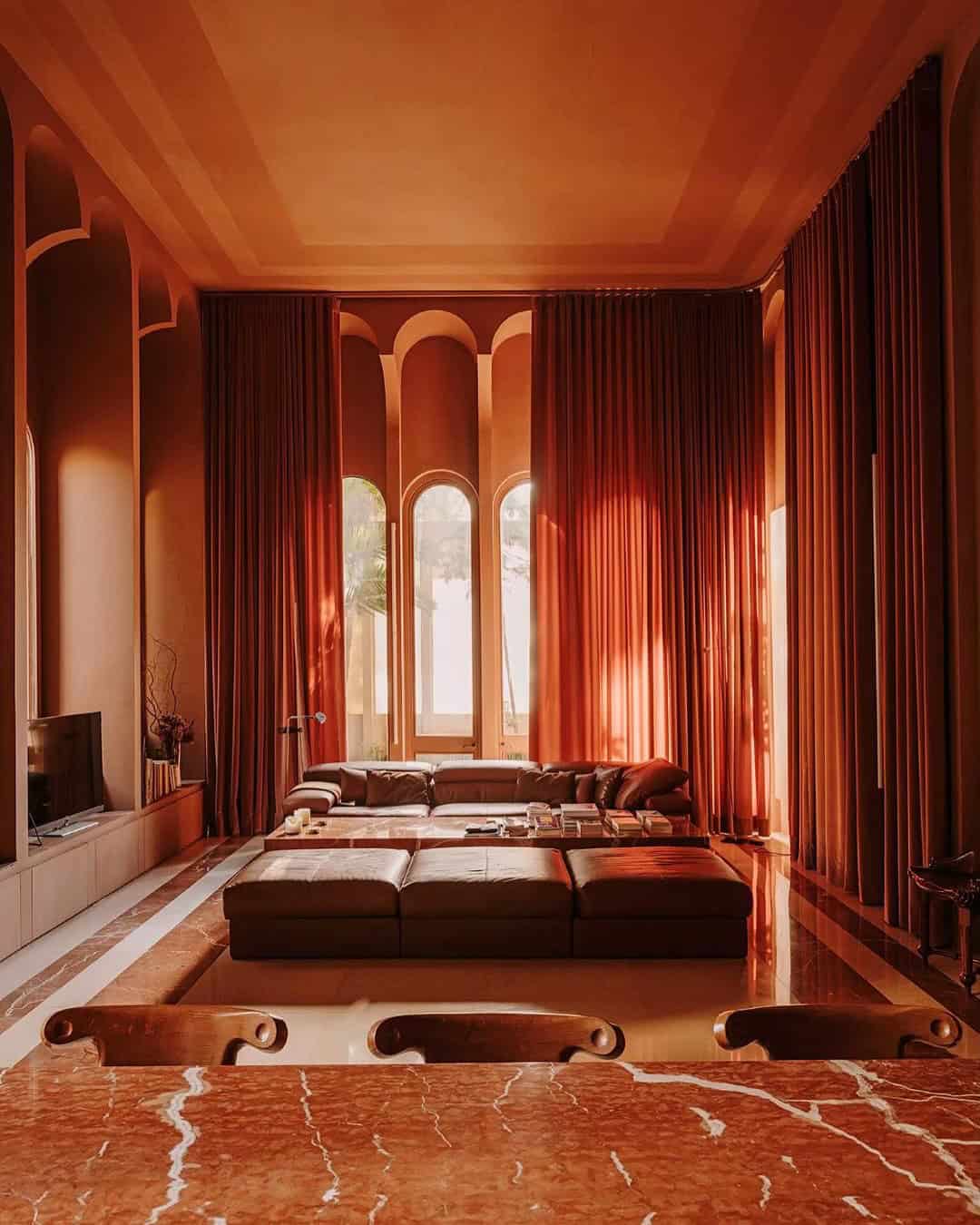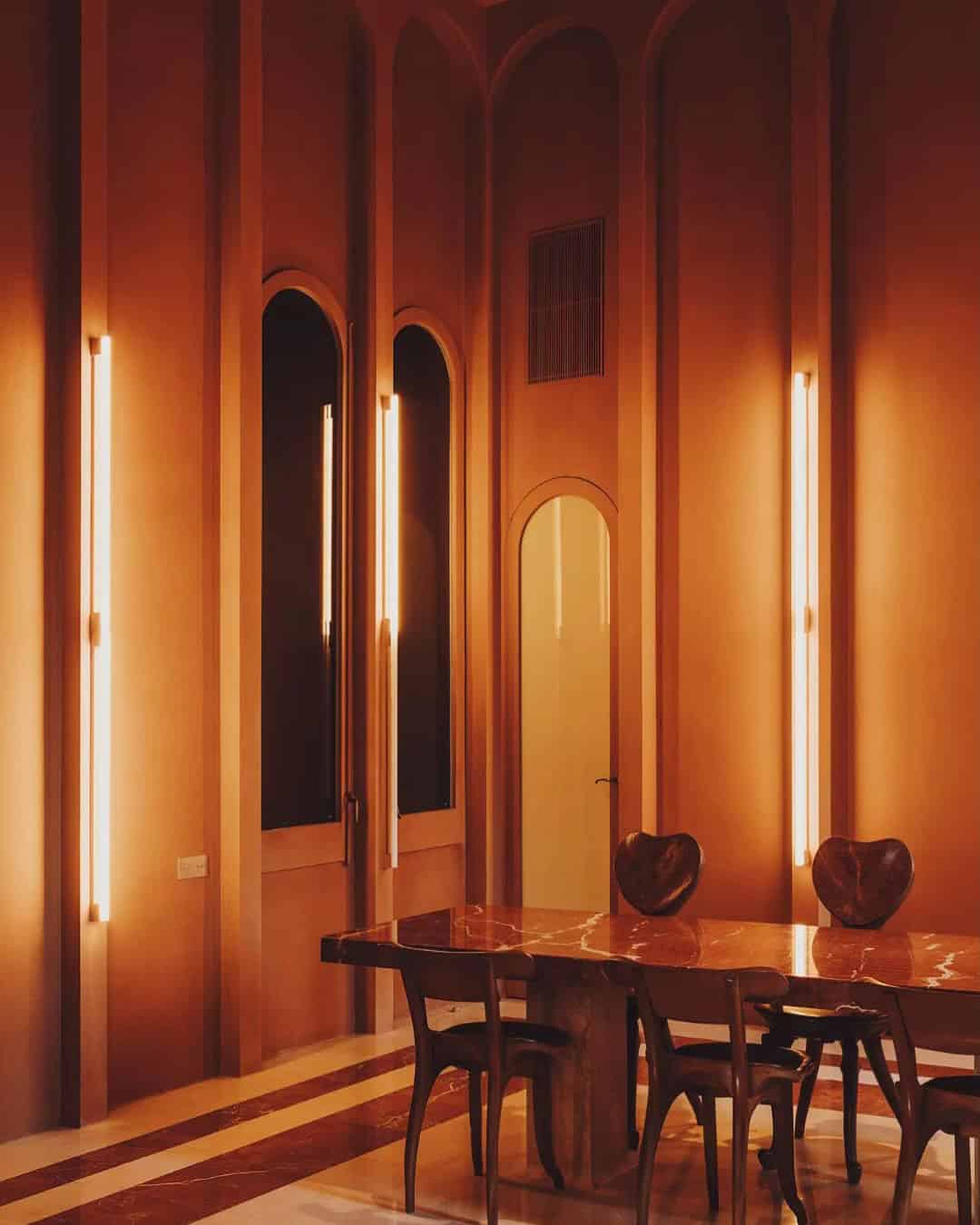Honoring the late Ricardo Bofill, we explore his remarkable transformation of La Fábrica, an old cement factory in Barcelona.
Bofill turned this industrial relic into a pioneering studio and a unique family residence. His passion for breathing new life into abandoned structures is evident in this grand project.
Each part of La Fábrica, from its towering chimneys to the surreal staircases, reflects a unique blend of history and innovation.
1. The Initial Discovery
While driving through Catalonia’s suburbs, Ricardo Bofill stumbled upon a forgotten cement factory.
Captivated by its industrial charm, he saw potential where others saw decay. This chance discovery marked the beginning of La Fábrica’s transformation.
With the factory’s tall chimney catching his eye, Bofill envisioned a new life for the site.
He quickly negotiated with the owners and acquired the property, setting the stage for architectural innovation.
2. A Monument to Industry
Constructed during Catalonia’s industrial expansion in the 1920s, the cement factory stood as a testament to a bygone era.
Its chimneys once filled the skies with smoke, symbolizing economic growth. Bofill was intrigued by this industrial monument and its sprawling, improvised design.
He saw it as an opportunity to preserve industrial history while reimagining its purpose.
The factory became a canvas for his creative vision, blending past and future.
3. The Challenge Intrigues
For Bofill, the factory’s challenges were part of its allure. Its raw, brutal concrete structures presented endless possibilities.
Inspired by its surreal aspects, like stairs leading nowhere, he saw a philosophical beauty in ruins.
The site resonated with his belief in perpetual artistic pursuit, where the journey is the reward.
Converting the factory into a home and studio became a personal quest, combining creativity with architectural mastery.
4. A Family Affair
The transformation of La Fábrica was as much about family as architecture. Bofill envisioned a space where personal and professional life melded seamlessly.
The factory became a unique family home, with living spaces elegantly intertwining with work areas.
Gardens flourished amid industrial remnants, offering tranquility.
This blend of family life and creative enterprise illustrated Bofill’s innovative approach to living and working, redefining domesticity.
5. Architectural Philosophy
Bofill’s approach to La Fábrica was deeply philosophical. He viewed the factory’s varied architectural styles as a surrealist masterpiece.
Its mixed forms and abstract shapes provided endless inspiration. Bofill aimed to sculpt the factory as a living work of art, embracing contrasts and contradictions.
This philosophy drove the project’s evolution, where every modification respected the original’s brutalist beauty, creating a harmonious blend of art and architecture.
6. The Allure of Ruins
Ruins held a special allure for Bofill, who found beauty in their decay. La Fábrica, with its industrial remnants, echoed this fascination.
The factory’s half-finished state inspired him, reflecting the perpetual pursuit of creative perfection. Bofill likened life to a ruin, a journey never fully complete.
This perspective shaped his work, where embracing imperfections led to innovation, turning a crumbling factory into a visionary masterpiece.
7. Innovation in Preservation
Preservation was at the heart of Bofill’s vision for La Fábrica. Rather than demolish, he chose to integrate the old with the new.
The factory’s improvisational design mirrored vernacular architecture, evolving with time and need.
Bofill’s refreshing urbanism embraced this organic growth, adding layers to the existing structure.
This innovative approach highlighted his commitment to the architectural canon, contributing to a continuous urban narrative.
8. Surrealist Inspirations
The surreal aspects of La Fábrica captivated Bofill’s imagination. Stairs leading to nowhere and abstract spaces fueled his creative spirit.
He saw the factory as a surrealist canvas, a place where imagination could run wild.
This visionary approach shaped the factory’s transformation, blending unexpected elements into a cohesive whole.
Bofill’s design philosophy embraced the absurd, finding beauty in the unconventional, and redefining architectural boundaries.
9. A Visionary Legacy
Bofill’s work on La Fábrica cemented his legacy as a visionary architect.
The transformation of an abandoned factory into a dynamic living and working space showcased his innovative spirit.
Bofill’s legacy lives on in the harmonious blend of past and present, industrial and domestic.
His pioneering approach to architecture inspired future generations, proving that creativity knows no bounds and that even the most unlikely spaces can become masterpieces.
10. A Continuing Journey
La Fábrica’s transformation is an ongoing journey. Bofill’s vision continues to evolve, adapting to new ideas and needs.
The factory remains a living work of art, a testament to the power of imagination and innovation.
Its ongoing evolution reflects Bofill’s belief in architecture as a never-ending process, where every change adds to its story.
La Fábrica stands as a symbol of creativity’s endless potential, inspiring all who encounter it.

